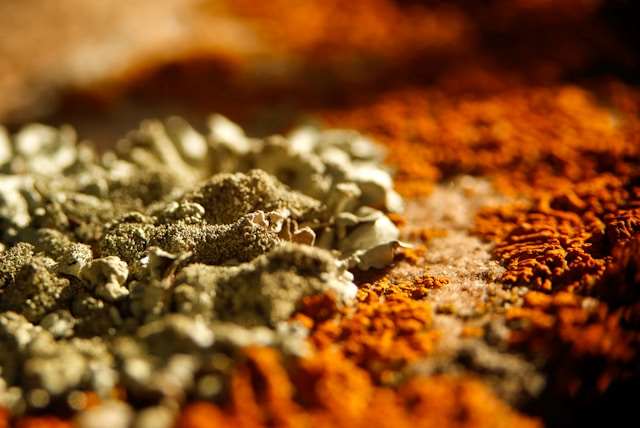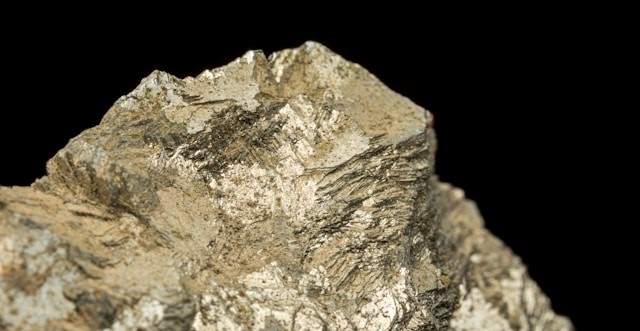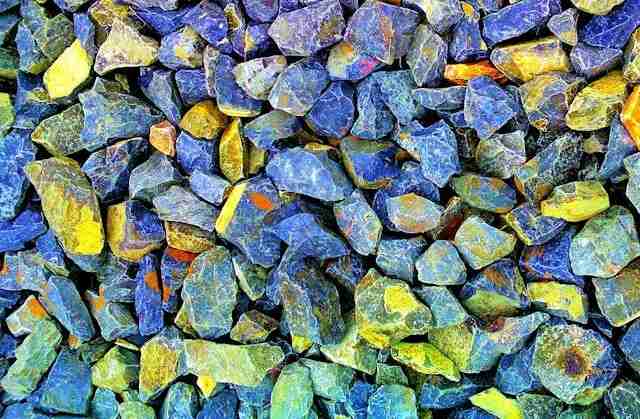A Greener Way to Source Rare Earth Elements: Bio-Mining
How rare earths can now be extracted with viruses.

Rare earth elements are the unsung heroes behind many of today’s most important technologies. They are key raw materials for making electric vehicles, defense hardware, wind turbines, mobile phones, and satellites.
Yet extracting these metals has long been an environmentally damaging process — heavily reliant on toxic chemicals and generating dangerously polluted waste.
But now a breakthrough from researchers at UC Berkeley offers a promising solution by harnessing viruses to selectively extract rare earth elements (REEs) in a cleaner, more sustainable way.

At the heart of this innovation lies a genetically modified bacteriophage—a virus that infects bacteria but is harmless to humans—a lifeform which the Berkeley team have redesigned to function as a “smart sponge” for the separation and purification of REEs.
The researchers have named the process “bio-mining” and believe it could radically reshape how we source REEs. Unlike traditional extraction, which relies on harsh acids or solvents, this method is low-toxicity, low-cost, and remarkably simple, as it essentially needs just a mixing tank and a heater.
“This is a significant move toward more sustainable mining and resource recovery,” said Professor Seung-Wuk Lee, the study’s lead investigator. “Our biological solution offers a greener, low-cost and recyclable way to secure the critical materials we need for a clean energy future while helping to protect the environment.”
Related articles: How Sustainability is Rewriting Chemical Trading or The Chemical Industry’s Clouded Pathway to Net Zero
The researchers achieved the breakthrough by decorating the virus’s surface with two engineered peptides: one is a lanthanide-binding peptide that acts like a molecular claw, highly selective for REE ions; the other is an elastin-motif peptide, which behaves as a temperature-sensitive switch. When the solution containing the REEs is gently warmed, the viruses aggregate and precipitate out, dragging the bound metals with them.
After draining off the remaining liquid, the researchers then lower the pH to trigger the release of the pure metal ions, leaving behind a concentrated sludge of recovered REEs.

In practice, the process is elegantly simple, proven in tests on real acid mine drainage — a notoriously difficult and polluted source. Here the engineered viruses homed in on the rare-earth ions, ignoring other competing metals, and performed well to sequester REEs.
Crucially, the viruses maintained their binding capacity over repeated cycles. Additionally, because they can even be propagated cheaply by infecting bacteria, proving the system has a strong potential for scalability.
This means that the discovery could translate into cheaper supplies of rare earths with a much lower environmental footprint. Moreover, given China’s dominant position in the REE supply chain and the geopolitical tension Beijing has with the West, the development of bio-mining could allow for a domestic, economically viable way to recover critical raw materials.
As Prof. Lee explains, the breakthrough “… has the potential to solve a huge supply chain problem for this country. By making rare earth element mining environmentally sound and scalable on American soil, this technology could help secure a domestic supply of these critical minerals, boosting our national and economic security.”

The Berkeley team is already thinking ahead. Beyond mining wastewater, they see applications in extracting REEs from electronic waste — for example, from discarded phones and laptops. With further genetic tweaking, the same viral platform could be adapted to target other valuable or toxic elements, such as lithium, cobalt, heavy metals like mercury or lead, or even platinum-group metals used in catalysts.
Such a flexible process could open the door to a truly circular, biologically driven economy for critical materials. By replacing chemical-intensive mining with a biological, recyclable tool, this technology offers both environmental benefits and strategic value for supply security.
For chemical and raw material markets, the application of this innovative technology is worth watching closely, as if scaled, it could reshape cost dynamics, support ESG goals, and introduce new business models centred on bio-mining.
In fact, if further developments go to plan, the discovery may prove to be a foundational pillar in building a greener, more circular chemical industry.
Photo credit: Ivan Ivanovic, Dominic Vanyi on Unsplash, Sander Weeteling, & Patrick Henry



